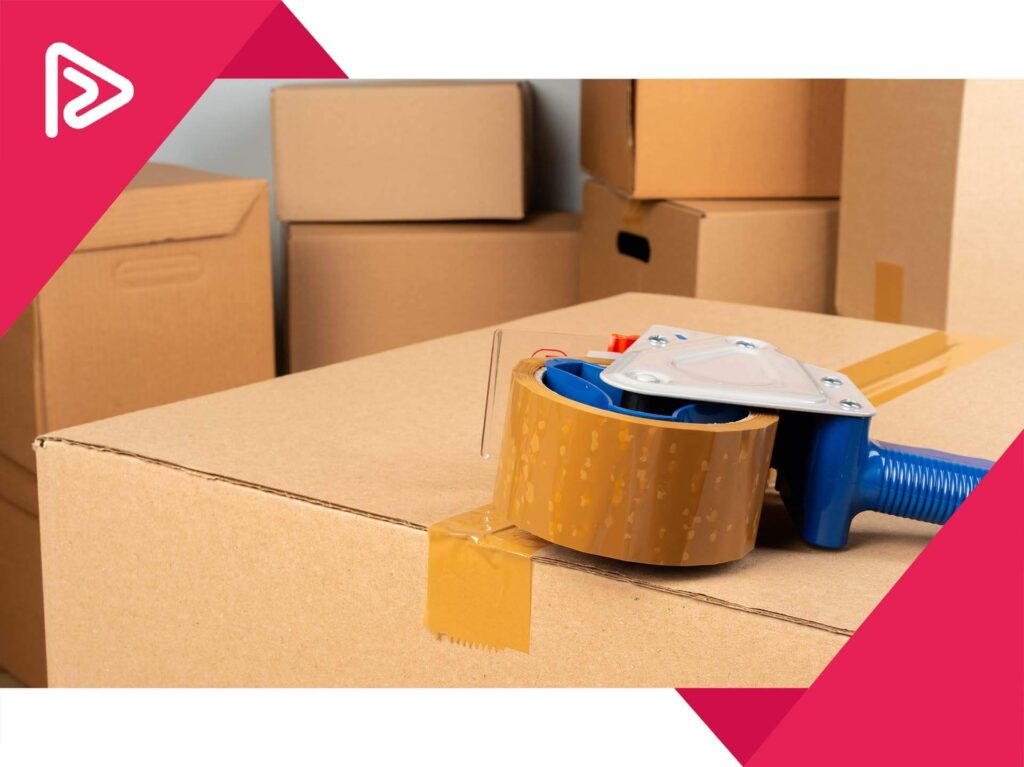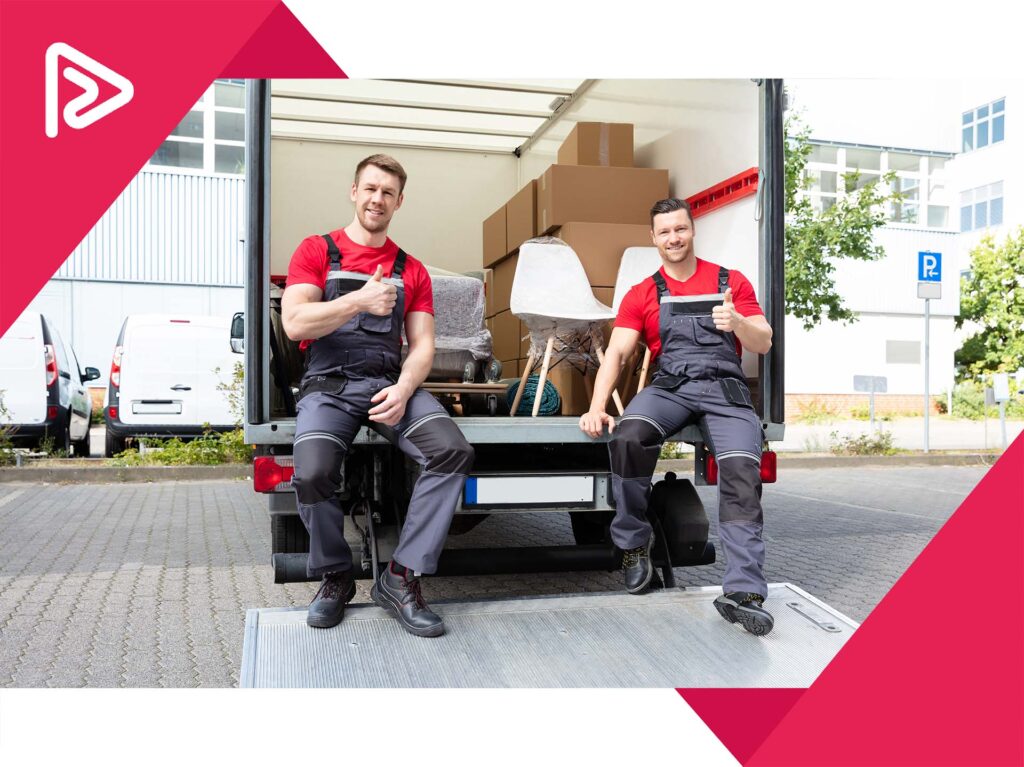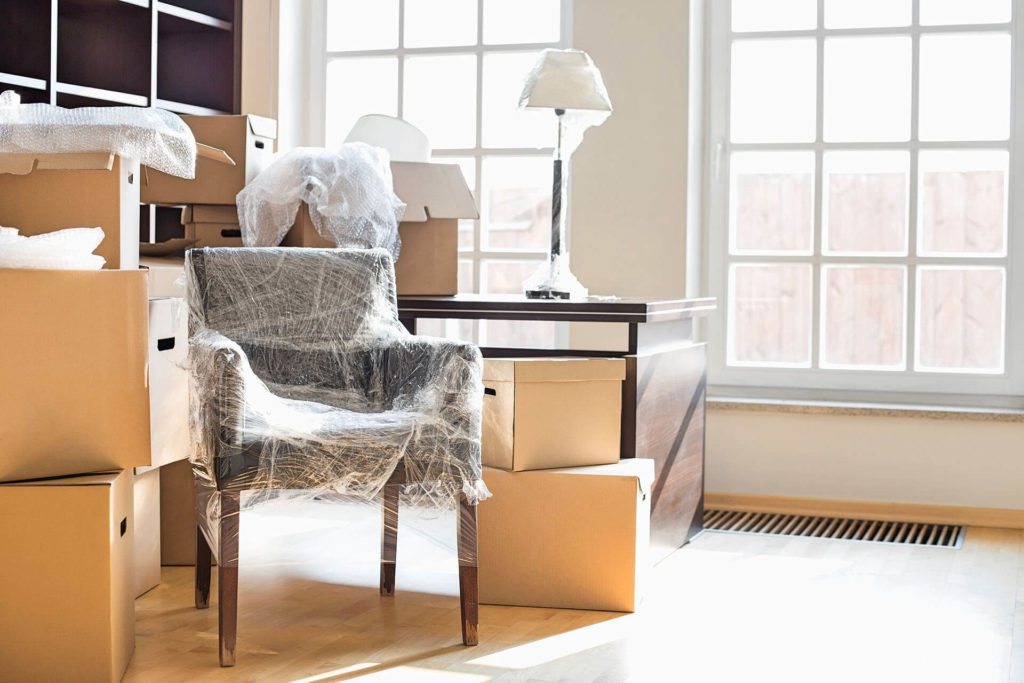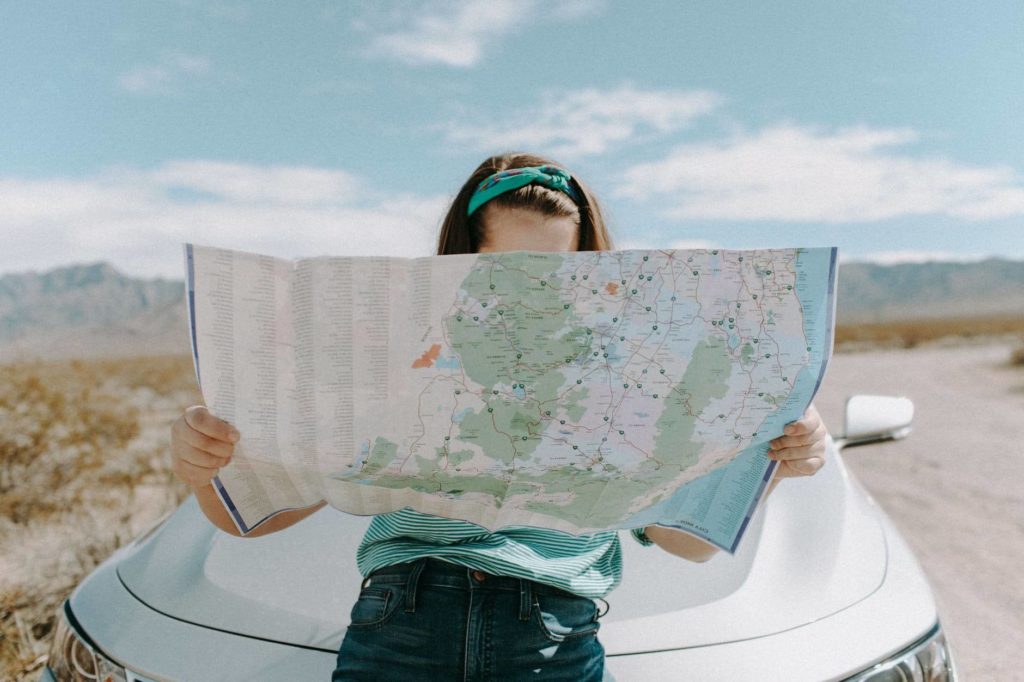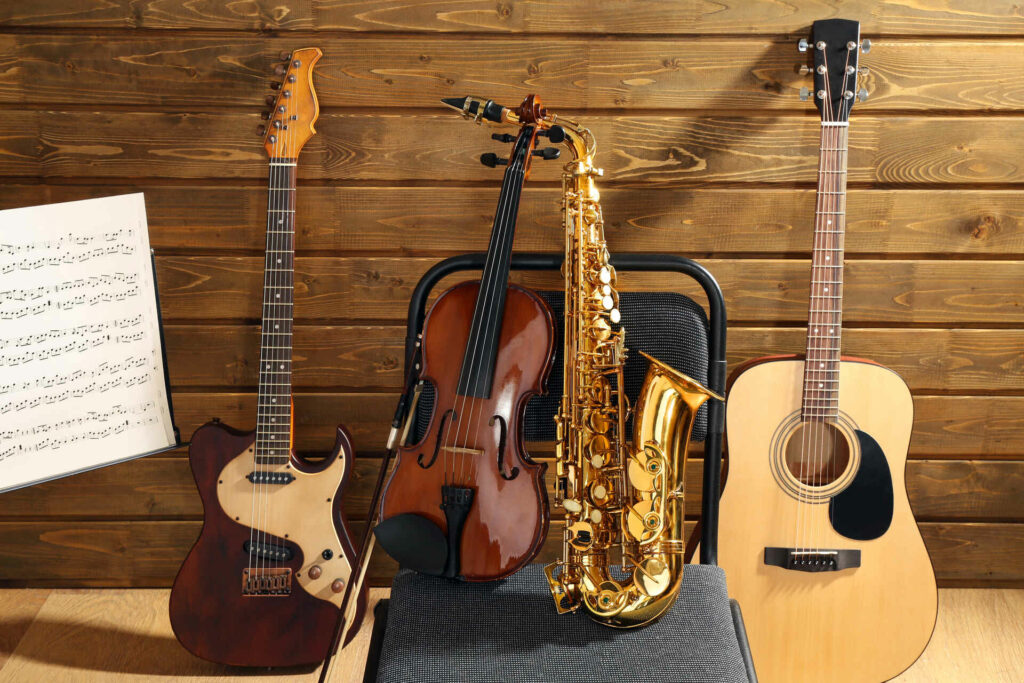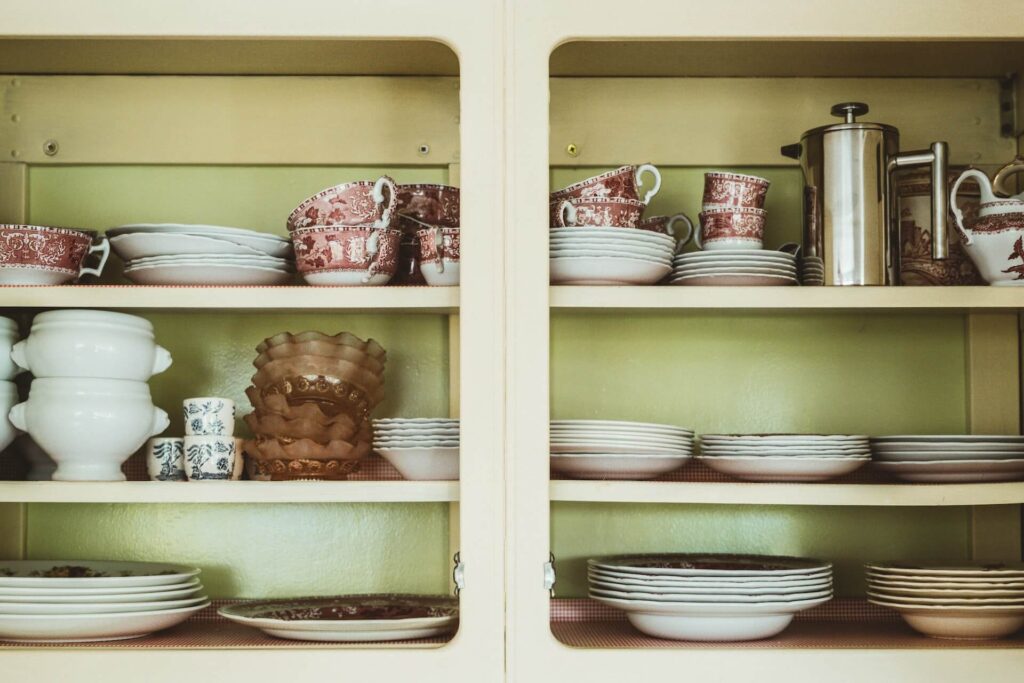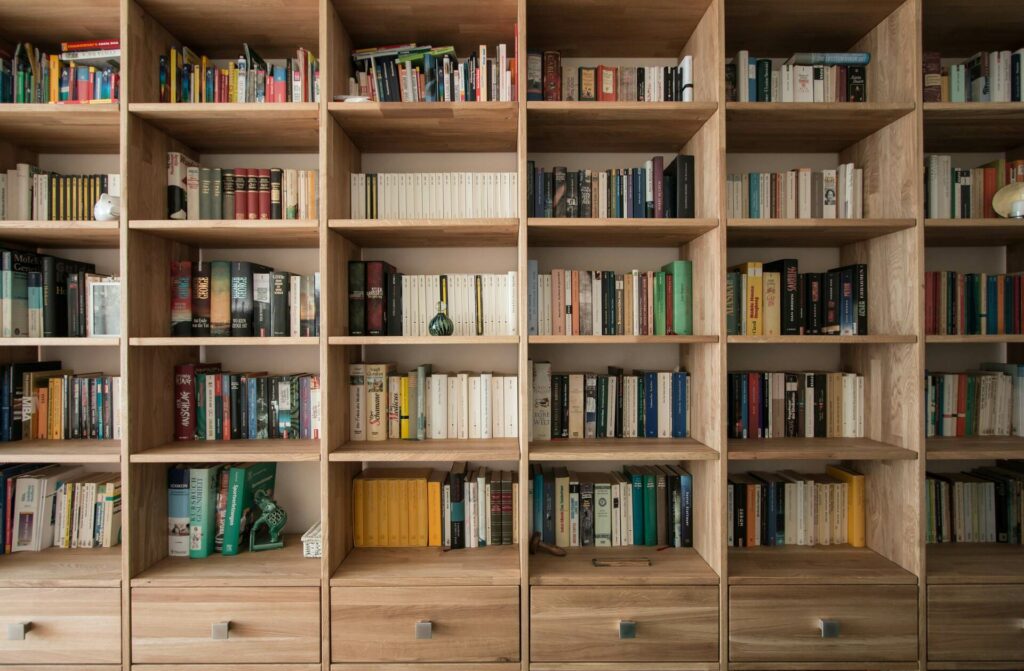Posted in
How-to, Moving Preparation
on September 19, 2022

Julie Grace
Originally from The Golden City, Julie has explored the ins and outs of moving and has written all the tips down.
What Are Different Packing Materials Every Person Needs When Moving Long Distances
The next major chore after deciding to move is determining what resources you’ll need to wrap your belongings. Do you use boxes or other types of storage? Newspaper or bubble wrap? Trying to get the best of different packing materials can be difficult, but don’t worry – we’re here to assist. We’ll contrast many types so you can choose the one that will work the best for your move.
There are numerous different types of packing materials you can use when relocating to another place. This includes supplies like cardboard boxes, bubble wrap, paper, other padding materials, tape, labels, and markers. Even if you plan to hire long-distance moving services and get some help with packing services, you’ll still have to ensure all of your stuff is adequately packed and protected for transportation.
Should You Really Get Different Packing Materials When Getting Ready for the Move?
You might be unsure if you actually need to utilize boxes and packing materials when moving to a new city. It can be quite tempting to simply put everything into boxes and transport everything without any kind of safety precaution. However, there are a number of compelling arguments in favor of using high-quality materials.
These materials, for starters, can assist in preventing your possessions from getting damaged throughout the journey. Simply throwing items into a truck or automobile can cause them to move around and sustain damage. However, you may improve their protection and prevent relocation errors if you utilize materials designed for protecting goods and apply useful wrapping tips as well.
They also facilitate packaging and unpacking. It can be challenging to locate items later on if you’re just dumping things into boxes. However, with the aid of packaging, you can maintain organization, making it much simpler to locate what you need when you move into a new house.
Finally, it can aid in deterring theft while you’re relocating. Your assets won’t be visible and will be considerably more difficult to locate and take if you have the correct supplies.
Keep in mind that you won’t even need packing supplies if you decide to hire a white glove moving service. With the additional packing services that movers offer, bringing the necessary materials and ensuring that your things are safeguarded during the relocation will be their responsibility.
Cardboard Boxes Are a Pillar of the Packing Process
Cardboard boxes are surely some essential items you’ll need for your house relocation. You should collect containers in a range of sizes and ensure they are in good condition. Even though it’s more economical to reuse boxes, you risk losing your treasures if the things are just too heavy or the crate isn’t strong enough to support them. To ensure your items have structural integrity during the transfer, we advise purchasing brand-new boxes.
The professional long-distance relocation tip is to dedicate specific boxes for each room in your house to make both the packing and unpacking processes simpler. To ensure a smooth unpacking process, stuff your box with your preferred materials, tape it shut, and label it. To prevent smaller things from shifting inside the box, you can also arrange smaller boxes inside of bigger ones.
You Should Have Different Sized Boxes
Before the white glove moving company you hired comes, ensure you’re supplied with different-sized boxes. That way, you’ll be sure all of your belongings will fit in some of the boxes. If you’re relocating for the first time, check out what are the standard size box options:
- Small,
- Medium,
- Large,
- Extra Large.
Your heavier goods, like books, should go in your smaller boxes, while larger containers should be used for larger items like cushions and comforters. So, while thinking about all the reasons for this move and figuring out how you’ll live on your own, don’t forget to organize the move properly. And the best way to do it is with a to-do list and various-sized crates where you’ll store your possessions.
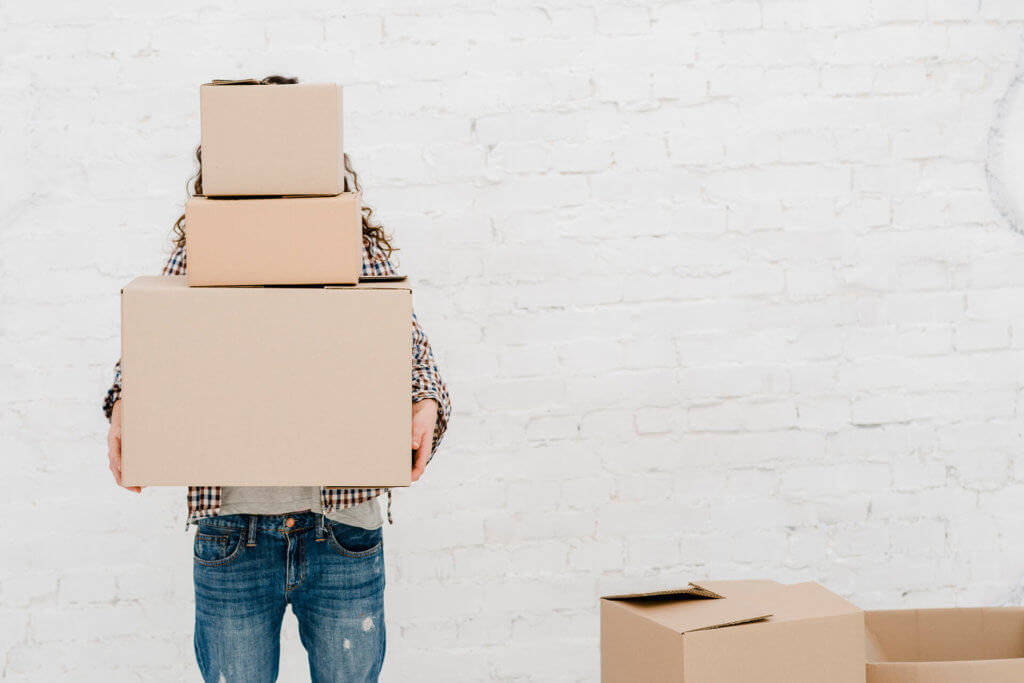
Get various-sized containers
Protecting Your Items Starts With Bubble Wrap
Bubble wrap has repeatedly been shown to be the packing material of choice for many people when relocating fragile objects. This is a specific type of packaging material that comes in sheets with tiny air bubbles to cushion your breakable objects. Fragile glasses and other breakables are frequently wrapped to prevent breakage during transport. It’s reasonably priced, and you may utilize it in a variety of ways when traveling from one place to another.
Bubble wrap can be used to give an extra layer of safety while moving sensitive things. To further protect your belongings from the weather, you can cover the sides and the bottom of the boxes. Additionally, it comes in a variety of roll sizes with various bubble diameters.
Pick More Than One Type of Bubble Wrap
Once you put bubble wrap on your relocation to another state checklist, you should learn everything there is about it and not be caught by surprise once you get to the local store and see how many different sizes there are. So, here are some of the most common sizes you’ll run into:
- Small – It offers surface defense against dings, dents, and chipping and is usually used during the relocation process.
- Medium – It protects bigger, more delicate objects like mirrors.
- Large – It is frequently used inside moving boxes as filler material to prevent objects from shifting while in transportation.
Paper and Peanuts and Essential Padding Materials
Delicate dishes and other fragile items can also be packaged with this material. The best advice for utilizing these materials is to layer your wrappings and make sure there is no vacant space in your boxes. If you’re padding the box or wrapping it, a generous amount of packaging paper goes a long way and ensures an efficient move.
While tiny foam peanuts are useful for filling voids and preventing an item from shifting and breaking while in transportation, they are less successful at protecting delicate or fragile items, which need to be carefully wrapped in padding. However, using this material to fill gaps in boxes is an excellent idea.
Storage Services
Our spacious climate-controlled units will protect your things until the drop-off. No need to worry about them because all items are labeled and secure, and each customer gets a dedicated unit mixup isn’t possible.
Learn more
Learn more
Auto Transport
Move your car across the country in an open or enclosed trailer – for an affordable fee. We offer car transport as a standalone service, but you can bundle it with your household move and get a hefty discount.
Learn more
Learn more
Moving Insurance
All your stuff is secure with Long Distance Movers, but in case something does happen to it, there’s a moving insurance policy in place. We offer both basic Valuation Coverage and Full Value Protection.
Learn more
Learn more
Grab a Few Rolls of Heavy-Duty Tape
When choosing packing tape, most individuals are inclined to go with the least expensive choice. On the other hand, we advise spending a bit more money on superior heavy-duty tape. Cheaper tape is typically thinner, which makes it more likely to tear and has less adhesion than heavy-duty tape.
If a box is left uncapped while being transported, this could be terrible for your possessions. Be sure everything remains in place during transport – stick to well-known brands and use extra-duty solutions.
Markers and Labels Will Keep Your Boxes Organized
Learn as much as you can about labeling your containers before you actually start doing it. You might believe you’ll recall where everything is packed in each box prior to arriving at your new house, but you’ll soon scramble to find a specific item. Having most of the boxes all over your home will confuse you a bit, and you won’t be able to remember where you packed your clothes. So, arm yourself with stickers and markers before professional long-distance movers come.
You Can Get Creative With the Labels
Learn some essential advice on how to label cardboard cartons properly. Include phrases like “fragile” or “this side up” so the relocation crew is aware of exactly what they have to do. You won’t worry about moving out if you use the right labeling strategy.
Also, consider color coding for even better labeling. That way, you’ll categorize the possessions and stock up on various colored tapes and sticky notes. Pick a single color for each space. You might choose to use blue for bathroom items and red for the living room.
On that note, check out other amazing relocation hacks that will make your move seamless in the video below.
If You Have Bulkier Items, Blankets Can Protect Them
Specialized moving blankets are available from reliable moving companies. You may be sure that when you choose this option, you’ll receive a thick blanket, and the great thing is that you can also use it inside the moving truck.
Cotton’s softness will protect even the most sensitive items, and it typically comes in a variety of sizes to accommodate the styles of furniture you want to pack. On the other hand, any heavy blanket you have would work just as well for larger household goods – if you want to move a piano, for example.
You Can Also Grab Other Types of Furniture Covers
It is advised to have covers or pads to protect the furniture when transporting it. The majority of people remember to purchase a mattress cover, but you can also purchase covers for sofas and fabric chairs.
To prevent dents, scratches, and other damages during the moving process, you may also acquire pads that will protect your dresser or other wooden furniture. Since most furnishings covers are made of thin plastic, it’s best to pair them with moving blankets.
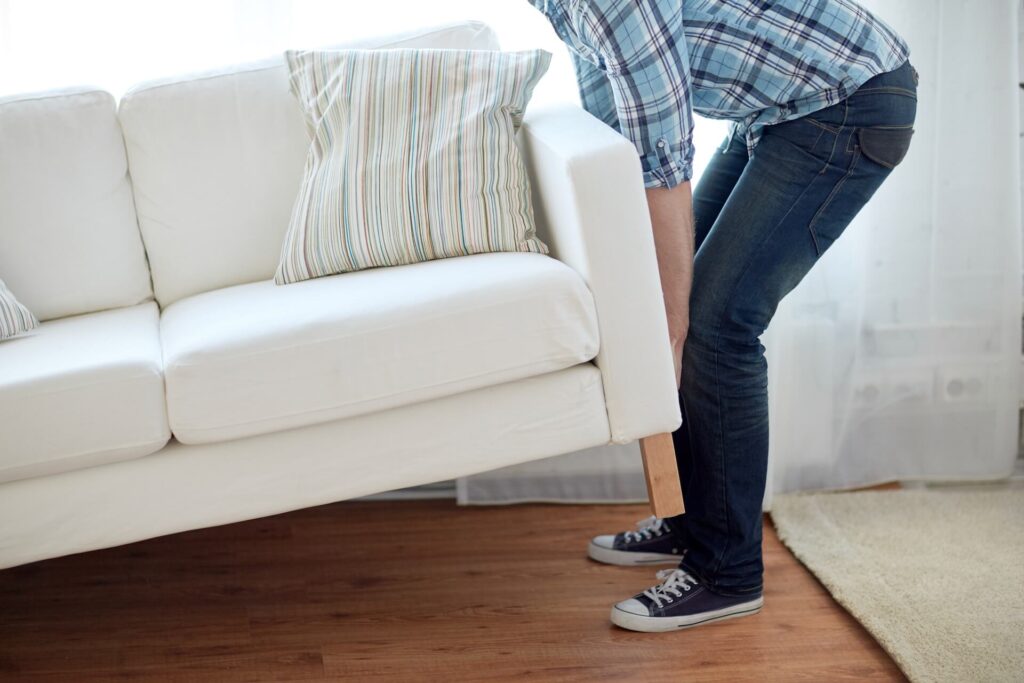
Use both the plastic covers and blankets when relocating furniture
There Are a Few Additional Items You Should Grab on Your Supply Run
In addition to the items on your basic moving-out list, there are a few more things you should pick up on your next supply run. If you’re looking to cut some relocation expenses, you can find some of these on Craigslist.
Tool Sets
On a moving day, having a little toolkit can occasionally be helpful. When moving furniture, you never know when a pair of scissors, screwdriver, hammer, or pliers can be useful. Be prepared for everything and anything. Many items need to be assembled and disassembled throughout the relocation process, so having a toolset on hand is usually a smart idea.
Ropes and Straps
The moving truck’s cargo straps or rope will surely help keep your large things in place once you’ve wrapped them. Loose things may move during the relocation and sustain damage. Be certain that your straps are strong enough to hold heavy furniture in place without breaking.
Trash Bins
Most likely, your home already has a garbage can, but do you have a bigger one outside? These are both excellent items to have when traveling.
Since your inner trash can is normally smaller, it could fill up quickly, particularly when you’re relocating. Some communities offer garbage cans to residents, but you usually need to inquire beforehand, and it may be challenging to find one when you’re relocating.
Let White Glove Movers Handle Items You Don’t Know How to Pack
Packing is one of the most important aspects of a move, and it’s something you should definitely leave to the professionals. This should be on your mind whether you are relocating for the first time or not. Instead of stressing about it, let the experienced movers help and book some white glove moving services. That way, you can deal with other aspects of the move that are as crucial as protecting your belongings.

